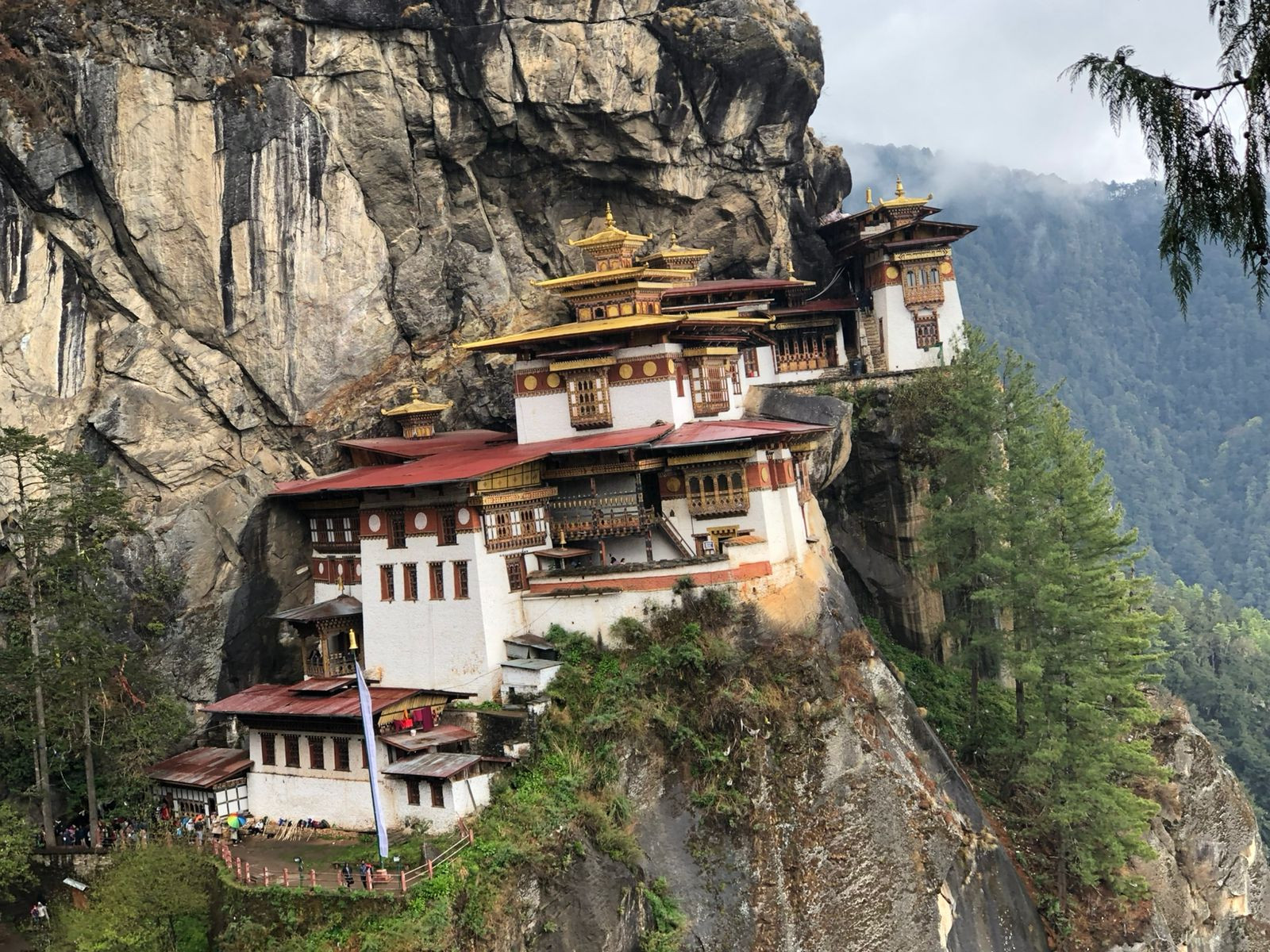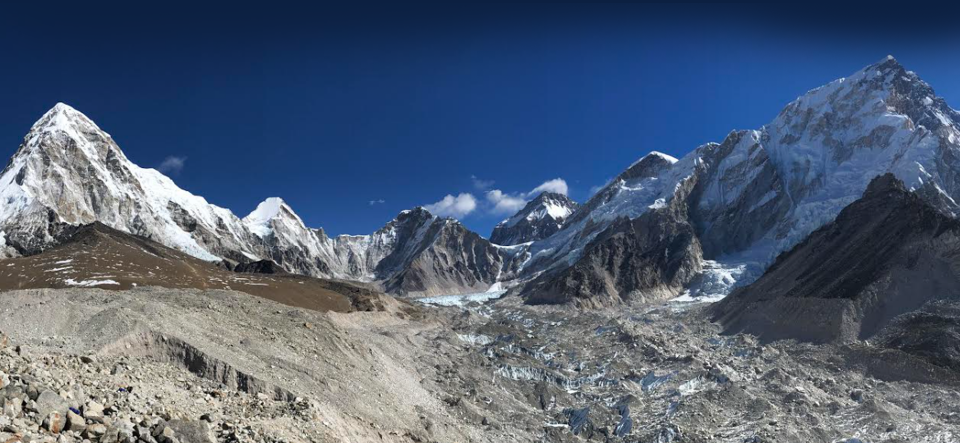- 21, Jul 2022 |
- classicvacationsnepal.com
If you are one of those outdoor devotees then Trekking in Nepal should be at the top of your bucket list. If you are new to the Himalayas then you might be wondering how it is like trekking under those majestic white Himalayas and what are the things to be considered before preparing for trekking in Nepal.
Here are some basic guidelines (tips) that you should consider to make your adventure in Nepal a lot easier and enjoyable.
Book with Local Agency:
Locals know it all, they are well updated to the current situation, trekking routes, and they are far more reasonable than international agencies. Local agencies are far more flexible when it comes to dates, rates and customization than international agencies.
Train Your Body for The Trek:
Be it an easy trek or highly adventurous you need to fully train your body to cope with the effort the trek takes, it is the only way to enjoy the trek to the fullest. Due to the steep uphill and slippery downhill (4 to 5 hours of continuous walking) and altitude, trekking in Nepal is a hard task, so start training several months before.
Know About Altitude Sickness:
Before any trek, you should consult with your health professional for the relevant immunizations and information regarding medication and altitude. The key in our experience is to allow plenty of time for your body to adjust to the altitude – you can't rush the mountains – and we abide by the climber's maxim – "climb high and sleep low”. We especially encourage those travelers from areas of low sea level to always have a little more time up their sleeve so they can allow for extra rest days if needed. Trekking in Nepal means you are walking above 2500 meter, resulting in a high chance of suffering from altitude sickness no matter how fit you are. The altitude sickness mostly occurs above 2,400 metres (8,000 feet) and most people can ascend to 2,400 metres (8,000 ft.) without difficulty. However it is hard to tell who will be affected by Altitude sickness because everyone reacts to altitude differently.
Symptoms of Altitude Sickness, Headache, Nausea and dizziness, Shortness of breath, Loss of appetite, Fatigue, Difficulty in sleeping, Lack of body coordination The most effective way to cure altitude sickness is to stay alert for its symptoms, and if you or any member of your trekking group suffers from it descend to lower elevations as quickly as possible.
Treatment: Diamox (Acetazolamide)
Diamox (Acetazolamide) allows you to breathe faster so that you metabolize more oxygen, thereby minimizing the symptoms caused by poor oxygenation. Contact your physician for a prescription. Since Diamox is a sulfonamide drug, people who are allergic to sulfa drugs should not take Diamox. Diamox has also been known to cause severe allergic reactions to people with no previous history of Diamox or sulfa allergies.
Walk at your own Pace
Walk slow and steady, rather than having to walk faster and stop frequently. Stop when you want to, sit back and relax, catch some breath, feast your eyes with the panorama, and take plenty of photographs. There are no rewards for those who reach or complete the trek first. By being slow and steady, you keep your heartbeat fairly constant, use less energy and cover more distance. There are also a couple of rest days which are included in the itinerary, to get acclimatized to high altitude, before going any further up. So, do not rush, the Himalayas are there and aren’t going anywhere.
Know About Nepal:
Before heading to Nepal, learn and get to know about Nepal. Do little homework about the culture and lifestyle, a bit of geography and history. It will surely come in handy and even help you overcome some of the cultural shock you (tourist/travelers) may face in Nepal. Also learn some basic local phrases to get you through Nepal. A simple Hi/ Namaste or Thank You with a smile will definitely break the cultural barrier with the locals and help you get through loads of difficulties.
Plan Organized Trek:
For beginners, start with an organized trek, the best way to get familiar with treks here. The advantage is that you don’t have to worry much about the logistics, as everything will be handled by the trekking agency, from your lodging to food, documents, domestic flights, local transportation and all other trekking necessities. This will give you a chance to fully enjoy walking in the mountainous region of the country and experience unique cultures in the region.
Purify Water & Drink Plenty of Fluid
It is recommended that you purify water during the trek, however your travel agency will provide you with purified water. Incase if you need to than,
· You can ask the Tea House staff to boil water for you
· Always carry a water purifier tablet such as Steripen to purify water instead of chemicals like iodine tablets.
· Take water flavors like Gatorade, Tang to cover up the taste of the purified water.
You tend to get dehydrated quickly when trekking in high altitude. So drink plenty of fluids and water during your treks in Nepal to keep yourself hydrated.
Note: Fluid does not mean beer or any other alcoholic beverages.
Listen to your Guide:
The trekking agency will provide you with a guide to assist you throughout your trekking. Guide and his team ensures that every aspect of your trip runs smoothly once you depart for your desired trekking and/or climbing destination. Tell your problems to your guide, don’t hide them. Your trekking guide should be aware of these risks and will always be looking out for your safety and wellbeing.

A Spiritual Sojourn: Buddhist Pilgrimage Tours in Nepal
Nepal - a concealed treasure chest amid the magnificent Himalayas - is not only a paradise of exquisite scenic bea...

Get to Bhutan in 2025 or 2026 from India with ease. This blog explains all available travel options, including flights, trains, cars, and buses, and offers helpful tips, important routes, and entry...

Travelling during the rainy season is no easy feat; the frequent change of plans, delays and the heavy rainfall add a layer of complications to your travel plans

Classic Vacations Nepal is a Travel & Tour Company based in Kathmandu, Nepal run by a team of young and energetic travel guides experienced in adventure travel from 22 years. Classic...
.png)
Everest Base Camp Trek in Nepal: Facts and FAQs about trekking tips, costs, routes, and essential information for your adventure.

Explore the 10 World Heritage Sites of Nepal listed in UNESCO, full of culture and history. Plan your visit to these amazing landmarks today!

Explore Nepal’s top trekking trails, including Everest Base Camp and Annapurna. Discover stunning views and unforgettable adventures!

Fam trips in Nepal are special tours for travel agents and bloggers. They visit famous places like Kathmandu, Pokhara, and Everest Base Camp. These trips show Nepal’s culture, nature, and adv...

Kopan Monastery:
Perched on a hilltop with a view of the Kathmandu Valley, Kopan Monastery is another intriguing monastery in Nepal. The architecture of Kopan Monaster...
